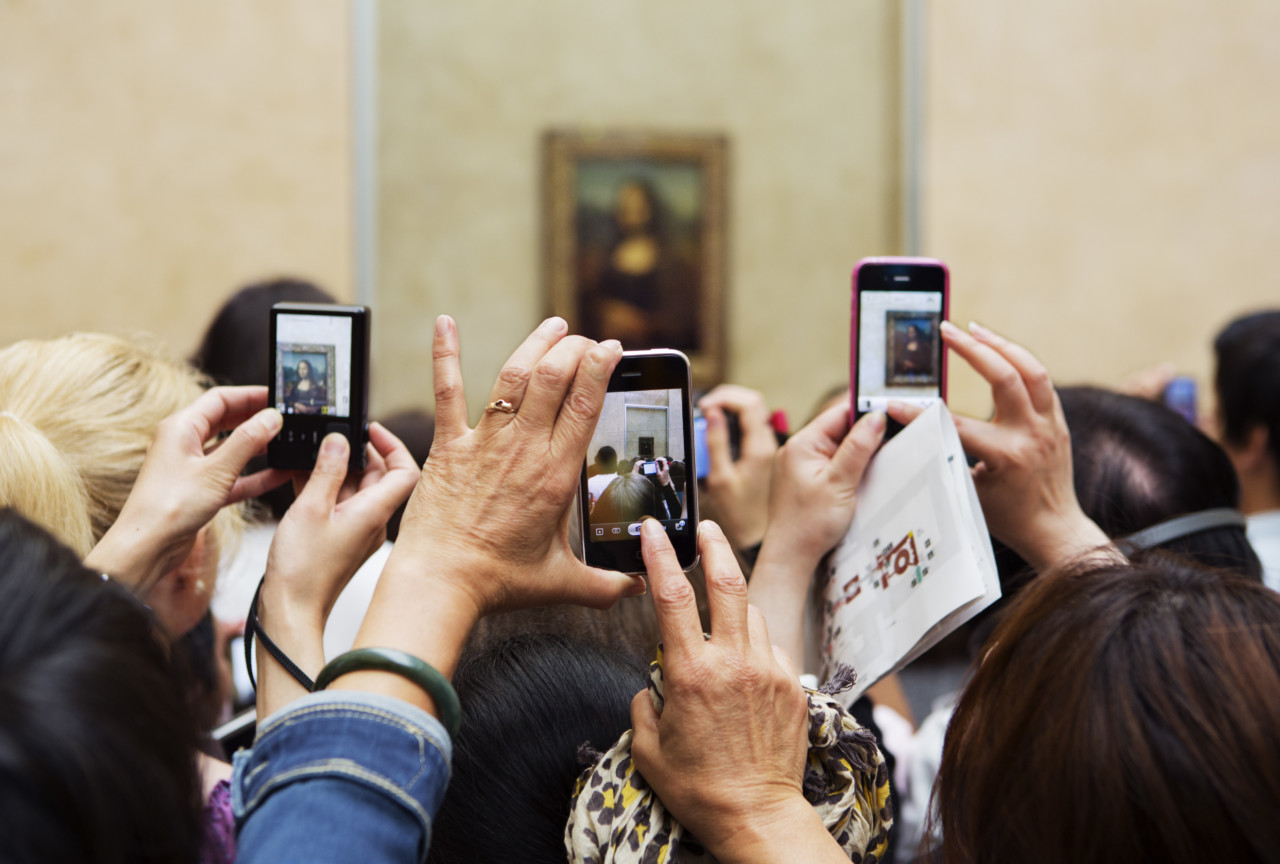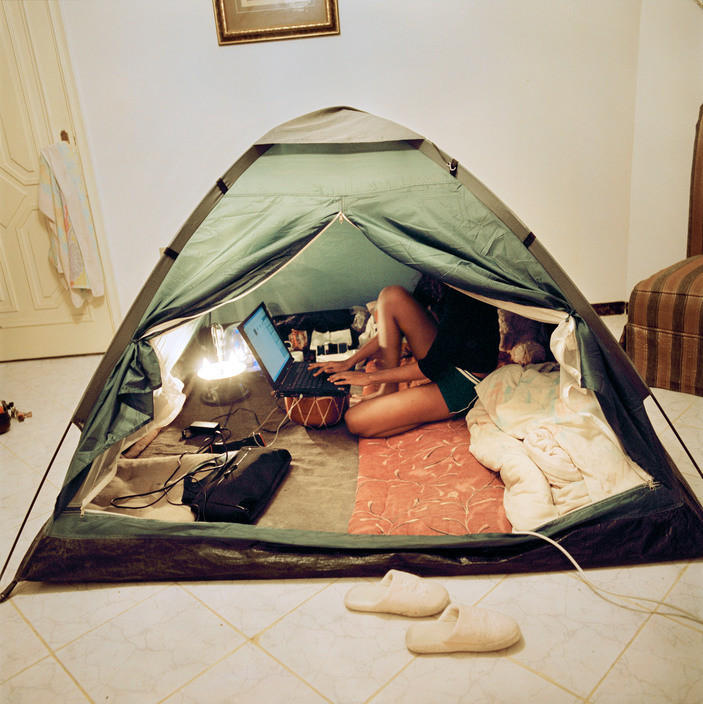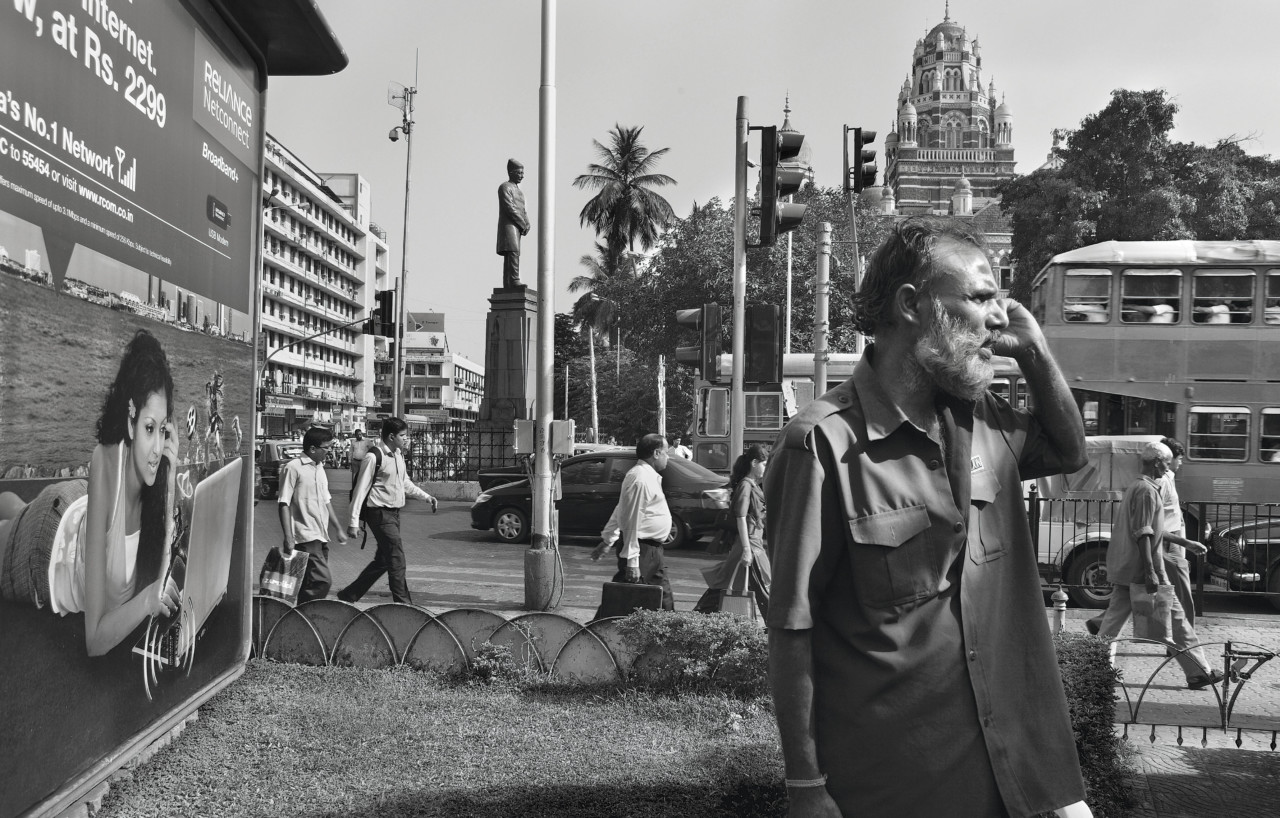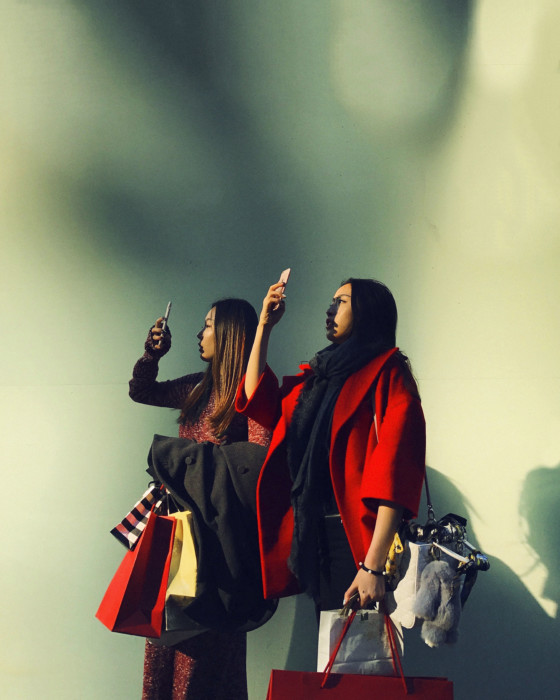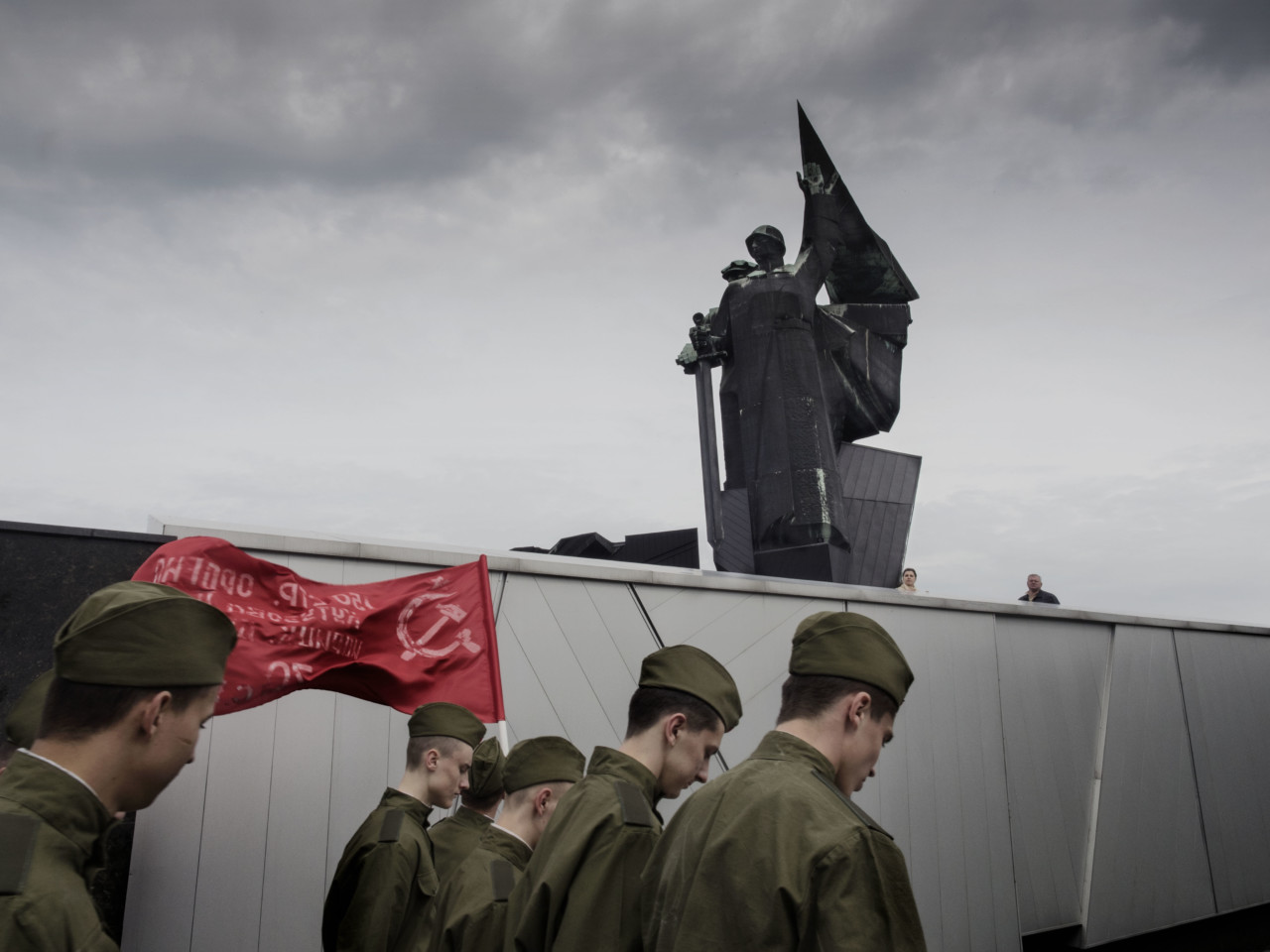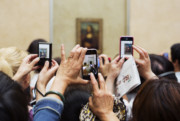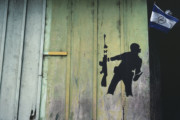How Can Photographers Harness the Digital Space?
Tips and food for thought on mastering your digital presence from Magnum photographers and industry professionals
Many of the most well-known Magnum images were first broadcast to the world in newspapers and magazines. Now, they, like almost all other contemporary imagery, tend to enter into mass consciousness through the scroll of a mobile phone or some other screen. And this media is now, more than ever before, controlled by the producers or curators of those images.
For photographers, this is both a blessing and a challenge; no longer does the taste of an editor dictate what the world can see of a photographer’s work, but with this new freedom of expression, image makers would be wise to work on acquiring at least some of their editorial skill set. Having amassed large online followings themselves, and produced work that is presented across multiple platforms, and even uses these digital spaces as a source of material, Magnum photographers have spoken at length about mastering the digital realm. At the start of a new school year, we present some of these teachings and matters for consideration to inspire students of photography of any age and experience.
The bigger picture
The line between the public and the private space has been blurred by the social way in which we share photographs online. In a discussion at the Barbican in London, Magnum photographer David Alan Harvey, Magnum’s Digital Director Anne Bourgeois-Vignon, and Rory Blain, the director of digital art platform Sedition, discussed how the digital space has altered our ideas of privacy and ownership of the still image.
David Alan Harvey spoke about how his “most pure” work came before he had an audience for his work, raising questions about how the feedback from an instant online audience might influence a photographer. And Anne Bourgeois-Vignon grappled with the experience of consuming images so publicly, whilst doing so in a very intimate and solitary way with a mobile device. Take some time to reflect on how the digital world impacts on the way you both share and consume images by reading the full write-up here.
Instagram trips
More Magnum photographers weigh in on mastering the fine line between personal snaps and the professional calling card that is Instagram in 5 Instagram Lessons from Magnum Photographers. With more than 80 million images uploaded daily, Instagram is undoubtedly the platform to master for any photographer, but just as no two Magnum photographers are the same, neither are their approaches to the social media tool.
For Christopher Anderson, the app allows him “a freedom and immediacy” that he doesn’t often get with his commissioned work, and nominee Matt Stuart likes to have “an eclectic mix of everything” that showcases his work and also communicates with the friends and family that he knows are following. More than anything, David Alan Harvey argues that you must embrace change. Read their advice and get more tips about managing your audience here.
Telling stories across multiple platforms
For practical advice about how to improve your storytelling across different digital platforms, the visual documentary producer and curator Liza Factor’s interview with Magnum explores developing photographic stories across different media.
She talks through some successful multi-platform projects and advises on what kind of skill set is desirable in a landscape where photojournalism is consumed through a multitude of online platforms. “Don’t try to do everything alone,” she says, “make sure to get people on your team who have a set of skills different from yours and are fluent with media and disciplines that you are including in your project.” Read more here.
Conflict Photography in a digital world
In a discussion about the changing role of photography in contemporary conflicts, where participants are not only highly aware of being the subjects of war photographers but often use those same tools themselves, Magnum’s Jérôme Sessini and Thomas Dworzak spoke about how their war coverage has been affected by – and has responded to – digital media.
Sessini spoke about navigating relationships with fighters who may once have used foreign media photographers as a tool, inviting them in so that their messages are amplified; now this is not so easy, as these groups self-publish images of their own. For Sessini, this has meant devising new ways to capture the realities of modern conflict. Thomas Dworzak, following a personal interest in the self-curated online profiles of all sorts of individuals, delved into digital worlds created by those engaged in conflict, particularly in the Ukraine, tracing the way the war has been captured in the vernacular photography of Instagram users. Read more here.


